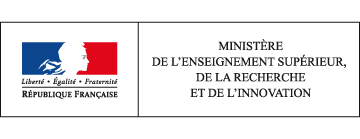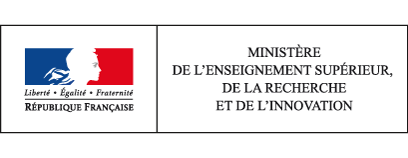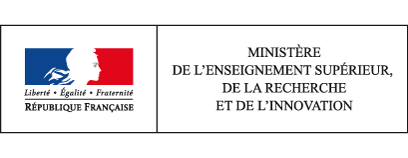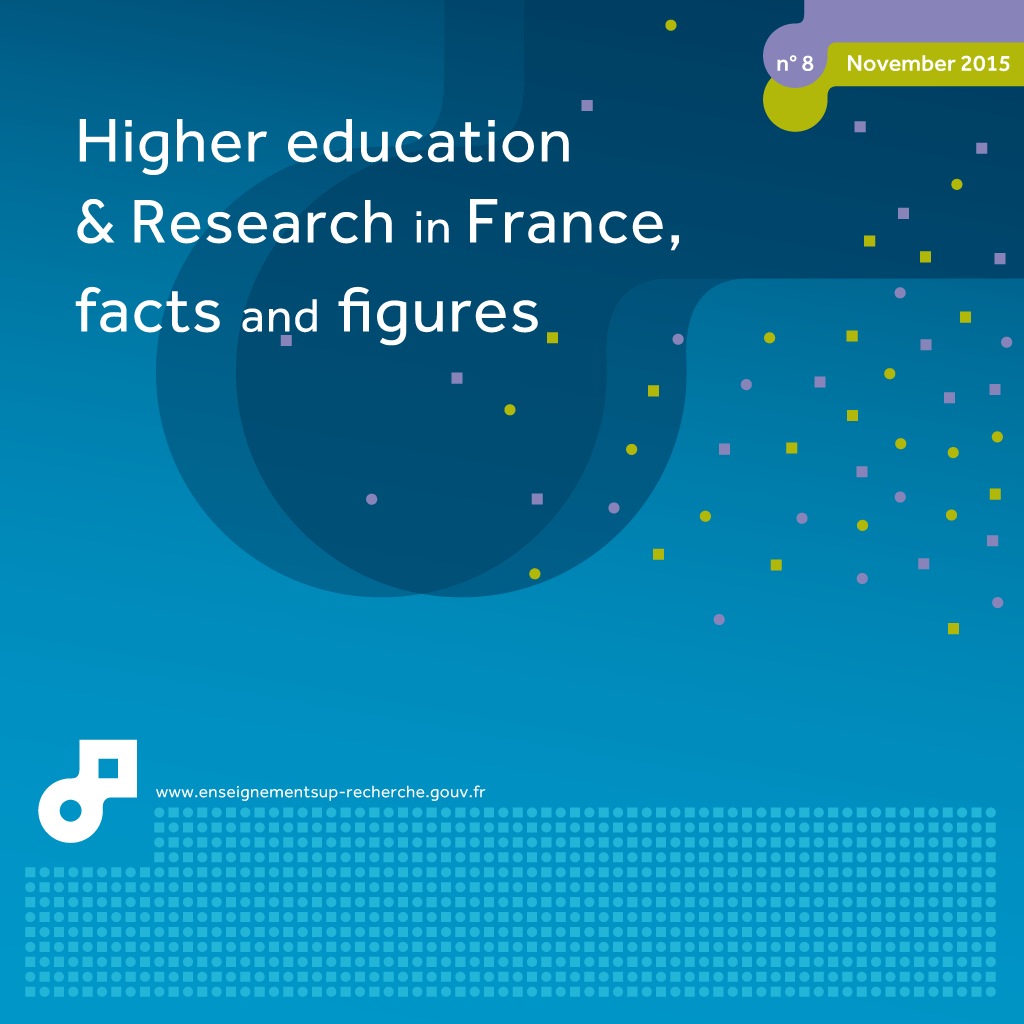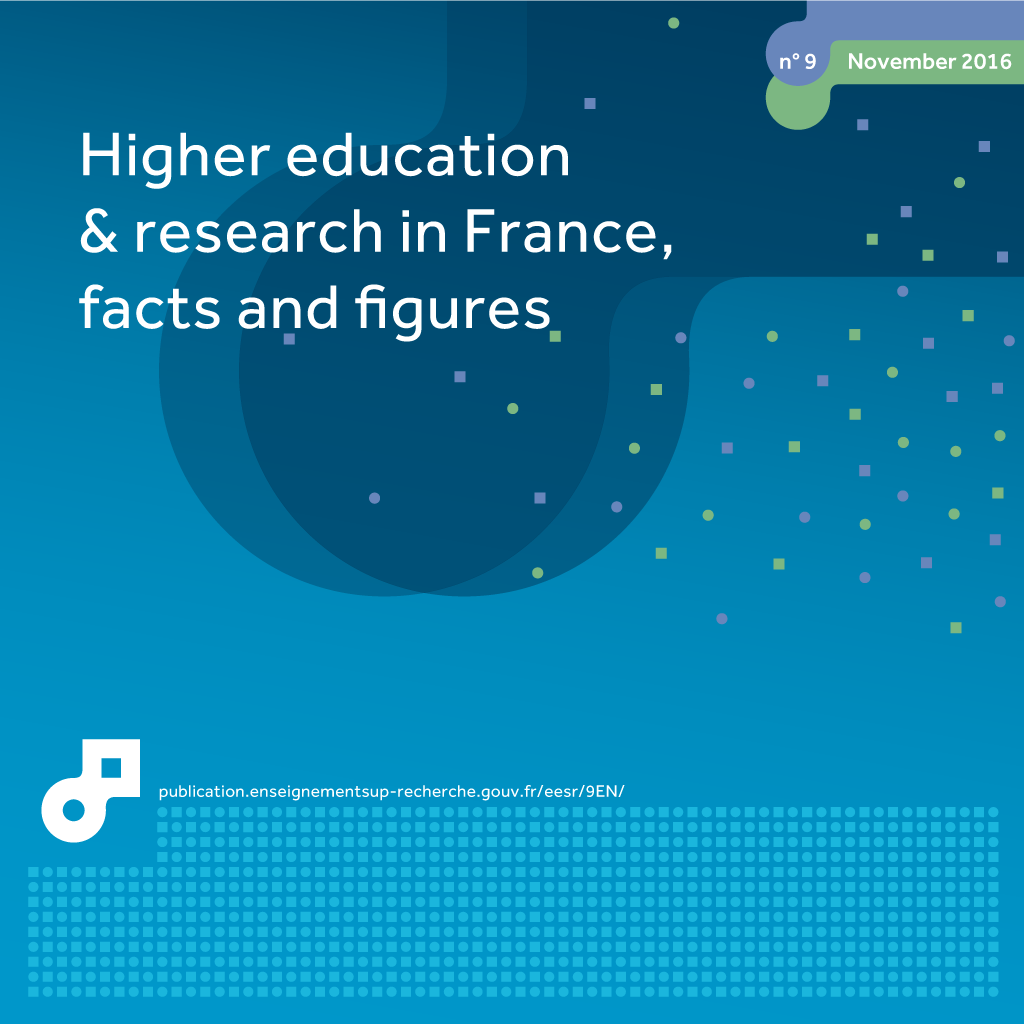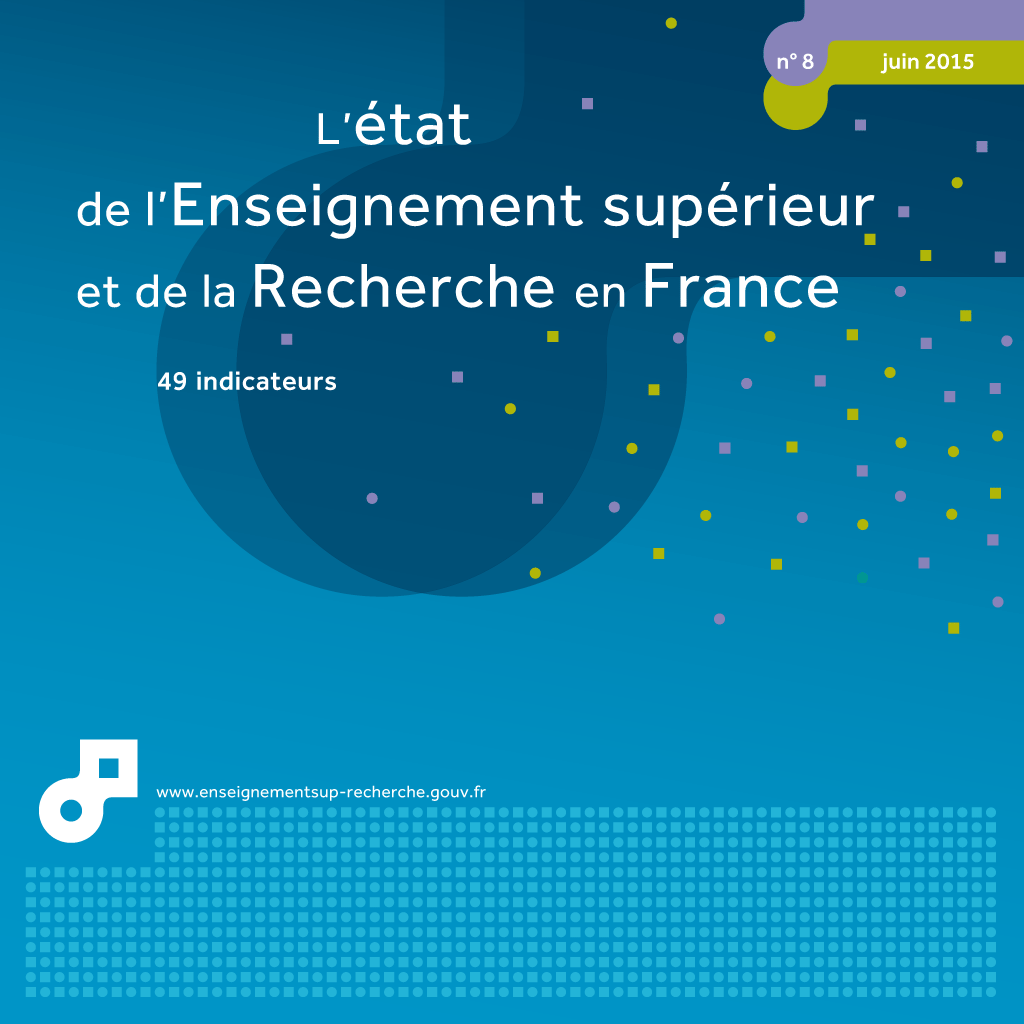18 continuing education programmes at higher education institutions
This page has been updated. Read 24. continuing education programmes in higher education institutions in Higher education & research in France, facts and figures 10th edition - June 2017
In 2012, 481,000 trainees attended continuing education programmes at higher education institutions – an increase of nearly 3% year on year. 82,800 qualifications were awarded for continuing education programmes, 53,700 of which were State-regulated national diplomas. However, higher education accounted for only 2% (€404 million) of the total turnover from continuing education, a fall of 2% in comparison with 2011.
In 2012, turnover of continuing education programmes within the higher education sector fell by 2% in current euros, despite a 3% rise in the number of trainees. The 481,000 trainees benefited from a stable volume of trainee hours: 55 million teaching hours and 68 million including time spent on practical placements (table 18.01). Continuing education programmes at higher education institutions accounted for only a small proportion of all vocational training in France: 2.8% of turnover, 2% of trainees and 6% of trainee hours in 2012 according to the Directorate for Research, Studies, and Statistics (Direction de l’animation de la recherche, des études et des statistiques – DARES) and the Directorate for Evaluation, Forward Studies and Performance (Direction de l’évaluation, de la prospective et de la performance – DEPP). Funding from private sources, whether businesses or individuals, accounted for 66% of the continuing education resources available to educational institutions (an increase of one percentage point in comparison with 2011), while State funding fell to 25% of the total. The proportion of funding from private sources reached 72% for universities, while State funding fell to 21% (table 18.02).
In the case of universities, turnover of continuing education remained stable in relation to 2011, although the number of students enrolled increased by 4% and the volume of trainee hours by 1%. The National Centre of Industrial Art and Design (Conservatoire national des arts et métiers – CNAM) saw a rise of 1% in the number of ‘auditeur’ (individuals enrolled to attend lectures) hours, but its turnover fell by 2% and its volume of trainee hours by 1%. The average duration of training programmes fell by 5 hours to 114 teaching hours and 141 hours including time spent on practical placements.
University technology institutes (Instituts universitaires de technologie – IUT) accounted for 34% of the trainees on level III and II continuing education programmes at universities (24,600 trainees). They represented 15% of students enrolled on a course working towards a national diploma and 46% of vocational training contracts signed between universities and companies.
In 2012, 44% of the 302,600 students enrolled on continuing education programmes at universities (excluding the 66,6000 who enrolled for public lectures) were trainees in employment who were enrolled on the basis of a range of different schemes (including training programmes, vocational training contracts and personal training leave) and 13% were jobseekers. These proportions were unchanged in relation to 2011. Self-funding trainees (individuals excluding those enrolled on public lectures) accounted for nearly one in three of the students enrolled (32%) (chart 18.03). A third of those who were not in employment and were enrolled on a continuing education programme received no financial assistance.
In 2012, as in 2011, more than half of the trainees were working towards either a national diploma or qualification (30%) or a university diploma (22%), reflecting the increasing appeal of longer-term courses leading to a qualification. Short training courses leading to a qualification (lasting on average 27 hours) increased by three percentage points and accounted for 26% of students enrolled, while the numbers of students attending lectures on cultural topics fell by four points to 17% of those enrolled (chart 18.05).
The number of qualifications awarded as part of a university continuing education programme increased by 12% in 2012. 63% (52,200) of the 82,800 qualifications awarded were national diplomas. Of these, 46% were level II qualifications (general and vocational Bachelor’s degrees), 33% were level I qualifications (Master’s degrees and engineering diplomas), 12% were level IV qualifications and 9% were level III qualifications, primarily university technology diplomas (Diplômes universitaires de technologie – DUT) (table 18.04).
In 2012, as in previous years, continuing education qualifications accounted for 10% of all diplomas awarded by universities. However, this percentage exceeded 30% in the case of vocational Bachelor’s degrees (Licences professionnelles – LP).
Validation of learning from experience provided another means by which students were able to use their professional experience to gain a qualification. Since 2002, this option has become more widespread within higher education (universities and the CNAM), in addition to the validation of professional skills (1985 Decree), which allows students to enrol on a course even if they do not hold the qualifications normally required to do so. In 2012, around 4,000 of such validations were awarded, allowing students to obtain all or part of a qualification, 59% of which were full.
How to cite this paper :
close
Key figures
interns
Whole of France
Whole of France
diplomas
Whole of France
diplomas
Whole of France
diplomas
Whole of France
18.01 General data on continuing education programmes at higher education institutions in 2011 and 2012
You can embed this table to your website or your blog by copying the HTML code and pasting it into the source code of your website / blog:
close
18.02 Source of turnover in 2012 (in €M)
You can embed this table to your website or your blog by copying the HTML code and pasting it into the source code of your website / blog:
close
18.03 Distribution of trainees on continuing education programmes (excluding individuals enrolled for public lectures) at universities, universities of technology and national polytechnical institutes by type (%)
You can embed this chart to your website or your blog by copying the HTML code and pasting it into the source code of your website / blog:
close
18.04 National diplomas awarded for continuing education programmes in 2011 and 2012 by type of institution
You can embed this table to your website or your blog by copying the HTML code and pasting it into the source code of your website / blog:
close
18.05 Distribution of trainees on continuing education programmes by type of diploma prepared (%)
You can embed this chart to your website or your blog by copying the HTML code and pasting it into the source code of your website / blog:
close
Related statistical publications
 Note d'information DEPP 14.43 - La validation des acquis de l'expérience (VAE) dans les établissements d'enseignement supérieur en 2013 - Sandrine Prost-Dambélé - December 2014
Note d'information DEPP 14.43 - La validation des acquis de l'expérience (VAE) dans les établissements d'enseignement supérieur en 2013 - Sandrine Prost-Dambélé - December 2014 Les deux tiers des validations ont conduit directement à la délivrance d’un diplôme complet.
Cette part a augmenté de 6 points sur un an.
La licence professionnelle est le deuxième diplôme le plus fréquemment obtenu en VAE (35 %) et le diplôme le plus fréquemment délivré par validation totale directe (41 %).
39 % des bénéficiaires de VAE étaient déjà titulaires auparavant d’un diplôme de niveau bac + 2.

 Note d'information DEPP 14.30 - La formation continue universitaire en 2012 - Joëlle Grille - September 2014
Note d'information DEPP 14.30 - La formation continue universitaire en 2012 - Joëlle Grille - September 2014 En revanche, le nombre total d’heures suivies par ces stagiaires est en légère baisse : 68 millions (- 1 million) dont 55 millions uniquement en heures pédagogiques hors stage pratique. La durée moyenne des formations est en baisse par rapport à 2011 : 142 heures (- 6 heures) en incluant les heures passées en stage ; elle est de 115 heures (- 5 heures) pour les seules heures de face-à-face pédagogique. Au total, près de 83 000 diplômes ont été délivrés par la formation continue, dont 63 % de diplômes nationaux.
Pour les universités, 71 % des recettes sont d’origine privée, dont 68 % abondées par les entreprises (avec les OPCA, organismes paritaires collecteurs agréés) qui restent ainsi le premier contributeur de la formation continue. La part des fonds publics ne représente que 21 % des ressources dont plus de la moitié provient des régions. Plus d’un tiers des stagiaires en université sont salariés. Par ailleurs, plus de la moitié des inscrits préparent un diplôme.
Translation
 Etat de l'enseignement supérieur et de la rechercheL'état de l'Enseignement supérieur et de la Recherche en France n°8 - juin 2015
Etat de l'enseignement supérieur et de la rechercheL'état de l'Enseignement supérieur et de la Recherche en France n°8 - juin 201518 - la formation continue dans l’enseignement supérieur - Joëlle Grille
